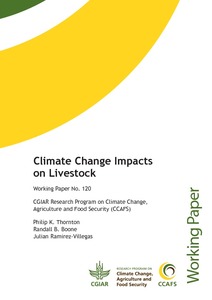CGIAR citations in IPCC reports: a summary report
In March 2015, Science-Metrix was contracted by CGIAR to evaluate the presence of CGIAR publications in the IPCC assessment reports (ARs). The study was carried through the analysis of the IPCC ARs' references.










